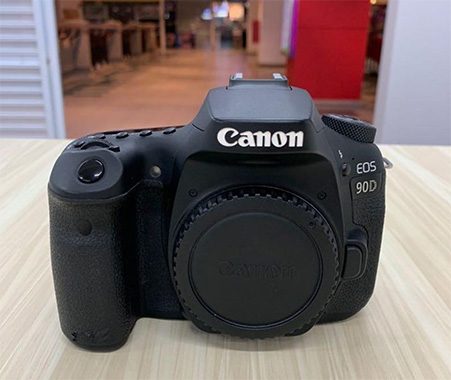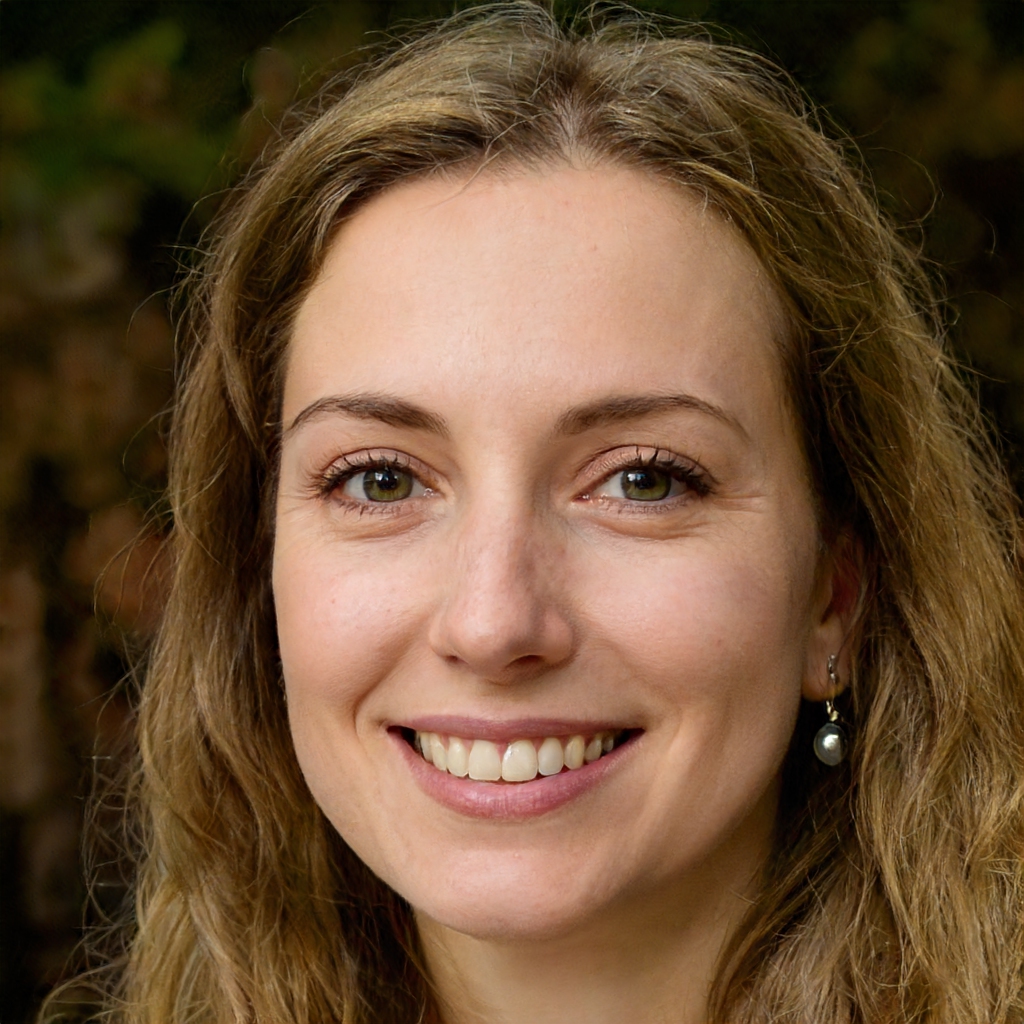- The shutter of the Canon 90D has a lifetime of 120,000 shots, although exceeding it does not result in an instant collapse.
- To see how many photos your Canon EOS 90D has taken, use free programs (Free Shutter Count, EOSMSG) or premium solutions (ShutterCount).
- A repair facility will charge you between $200 and $400 to replace your shutters. While a high shutter count may represent future concerns, it is normally safe to continue shooting and enjoying your camera.
If you’re in the market to get a used Canon EOS 90D or perhaps you already own one and want to make sure the shutter count isn’t too high, here’s how you can check it quickly and easily.
Simple ways to check the shutter count of your Canon EOS 90D
Fortunately, there are a number of free and cheap paid tools that you can use to check the shutter count of your Canon EOS 90D.

Free:
- Free shutter count – free up to 1000 actuations /Windows/Mac
- EOSMSG – Windows
- Camera shutter count – web app
- Canon EOS Digital Info – Windows
- Exiftool – Windows
- Opanda – Windows
Paid:
- ShutterCount – Mac & iOS
- Free shutter count – this paid version can read your shutter count past 1000 actuations/ Windows/Mac
- Shuttercheck – macOS
- ShutterCount Mobile – macOS & iOS only
EOSMSG is the app to use if you’re on Windows and it’s totally free. But it’s acting up lately and we’re hoping they fix it soon. If you’re on Mac, there’s a pretty good paid app called ShutterCount.

The software is able to detect my Canon 90D and it reads the shutter count accurately.
The good thing is, you don’t have to spend too much on this app. You can get it for a one-time payment of $6.99 / €7.99.
For me, it’s worth the investment because I use my camera almost every day. I want to make sure that my shutter is still in good condition before bringing it out on shoots.
Why the Shutter Count Matters

So why should you care about the camera’s shutter count?
The shutter of a camera is made up of mechanical parts that move in order to let light into the sensor. It’s a moving part and the more times you use it, the more likely it will wear out over time.
The shutter is an important part of your camera, so if it breaks, the entire device will no longer be able to function.
However, the shutter count is just one of many factors that contribute to a camera’s longevity. It doesn’t tell you exactly when it will break or stop working—just that it probably will at some point in the future.
Knowing a camera’s shutter count is useful when determining how well it is maintained.
If you’re shopping around for a used model, this information can be valuable in helping you determine whether or not the price of the camera should be higher or lower than what’s being offered to you.
If the camera has a high shutter count, you might be able to get it cheaper than if it has a low shutter count.
Canon EOS 90D shutter life
The Canon EOS 90D has a rated lifespan of 120,000 actuations. It’s less than the Canon 6D and 7D but nevertheless, its lifespan is high enough even for daily shooters.
But bear in mind that the shutter life is just a number. It doesn’t mean that your camera will break after 120K shots.
Our test displays our experience with the real shutter count. Our methodology was to interview 100 photographs on how high the shutter count was when their camera failed. The result is the following graphic:
Most camera models indeed live up to a shutter count of 120.000.
Want to know more about Canon EOS 90D? Check out these resources:
What is the successor to the Canon 90D?
Is the Canon EOS 90D mirrorless?
Is the Canon EOS 90D a full-frame DSLR?
What happens when the shutter count is reached?
Although most cameras have a shutter life expectancy it is not something to worry about if yours has reached that point.
Your camera will continue to function just as it always has. But you should be aware that the camera may soon show signs of shutter problems.
If you’re being paid to shoot, or if you depend on your camera for important work, it’s recommended to have a backup camera body just in case the shutter fails during a shoot.
However, just like I’ve said, don’t worry too much about it. Just keep shooting and enjoy your camera.
Is it possible to reset the shutter count?
It may be possible for a technically skilled individual, but I believe it’s too complicated for the average person. The firmware on most cameras—including the Canon EOS 90D—is very secure against unauthorized access and tampering.
In order to reset the shutter count, you have to replace the shutter itself.
Tips for Extending Shutter Life
Monitoring the shutter count and adopting methods that limit wear and tear are two ways to ensure the life of your camera’s shutter. Consider the following suggestions to help you prolong the life of your Canon EOS 90D’s shutter:
- Mindful Handling: Always use caution while handling your camera. Avoid unexpected movements, collisions, or jolts, since these might add mechanical stress to the shutter assembly.
- Optimal Shooting circumstances: When feasible, choose favorable shooting circumstances. Avoid shooting in hot, humid, or dusty locations, since these conditions might harm the general health of your camera’s internal components, particularly the shutter.
- Use Appropriate Settings: For various shooting conditions, adjust your camera settings accordingly. Using the appropriate shutter speed for a given setting, for example, might save undue stress on the shutter mechanism.
- Keep your camera and lens clean on a regular basis to avoid junk from accessing the internals. Dust and particles may hasten the deterioration of the shutter and other moving components.
- Firmware upgrades: Keep your Canon camera up to date with firmware upgrades. Manufacturers often issue upgrades that may improve the performance and efficiency of internal components, possibly extending the camera’s total lifetime.
- Consider Burst Shooting Impact: While the EOS 90D has remarkable burst shooting capabilities, excessive continuous shooting should be avoided. Continuous bursts may quickly accrue shutter actuations, reducing its lifetime.
- Invest in Quality Lenses: Using high-quality lenses may help your camera’s health indirectly. Quality optics may lessen the need for post-processing modifications, hence reducing the requirement for continual corrections, which may strain the shutter.
By implementing these methods into your photographic routine, you not only safeguard your investment, but you also enhance the possibility that your Canon EOS 90D’s shutter will live much beyond its stated lifetime. Remember that a little care may go a long way toward keeping your camera’s performance for years to come.
How do I know if my shutter is failing?
If photos are consistently too dark or too light regardless of your settings, shutter failure may be to blame.
In addition, If your photographs have strong light streaks across the frame, and there is a delay before you press down on the shutter button, making it sound like something has broken inside your camera when you do so, it’s likely that there’s something wrong with our shutter.

With Canon cameras, sometimes, you’ll come across a message that says “Err: 30″.
The camera has detected a problem with the shutter and is going to shut it down. It indicates that your shutter may have failed or will fail soon.
However, your camera could be mistaken. To reset it, you need to turn off your camera first, then simply remove and re-insert the battery—if that doesn’t work, take it to a repair shop.
Your camera might be due for a shutter replacement.
Can you replace the shutter?
You can have a shutter replaced in your camera by taking it to a service center. The cost varies depending on the model you own but typically falls between $200 and $400.

Also, it is possible to take apart your camera and replace the parts yourself, but it’s not an easy task. To do this you need to have a good understanding of cameras and electronics in general.
So, if you already know that your camera has a high shutter count, you should consider saving up either for a repair or a new camera body.
Should you worry about a high shutter count
Don’t let it bother you. Just keep on shooting as you normally would!
Although it’s not likely that the shutter will wear out if you exceed its limit, your camera should last for many years to come as long as you take care of it.
If you are considering purchasing a used camera and the shutter count is high (over 100,000 actuations), it may be better to look elsewhere.
It doesn’t mean that the camera will fail outright, but it does increase the chance of future problems.
I would suggest that you consider whether the price is really tempting, and if so then go ahead.
As I’ve mentioned earlier, these cameras can go as high as 300k clicks without malfunctioning or breaking down.

Emma Lucy is the Founder & CEO of Emma Lucy Photography. She has over a decade of experience shooting weddings and other intimate events. She also tests the latest digital camera bodies, lenses, analog cameras, and other gear from Canon, Nikon, Sony, and other camera brands. She is From London and currently lives in the United States of America, where she spends most of her time as a self-employed professional photographer and writer.
